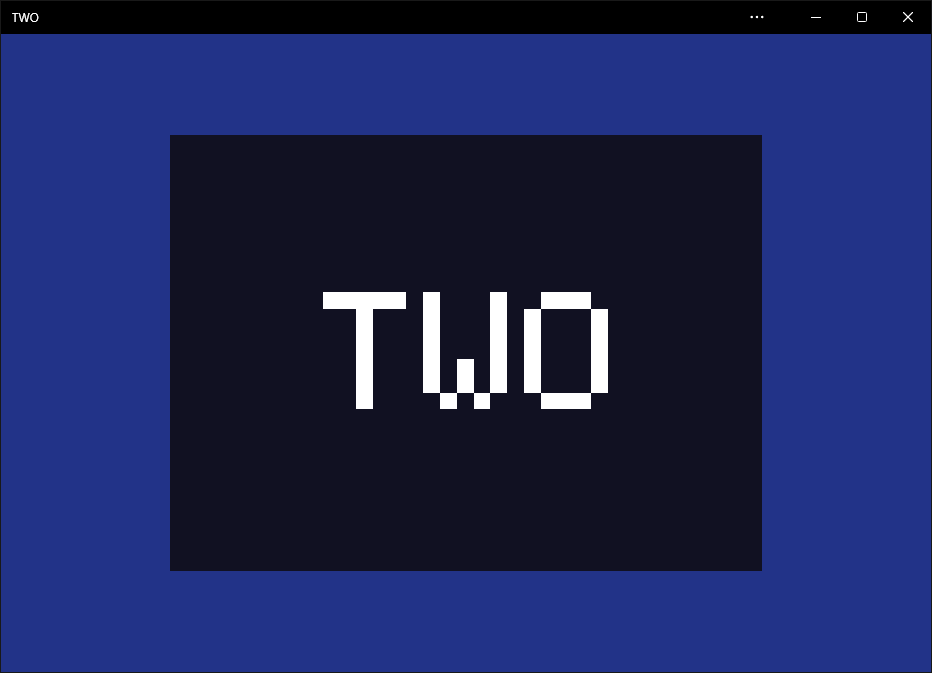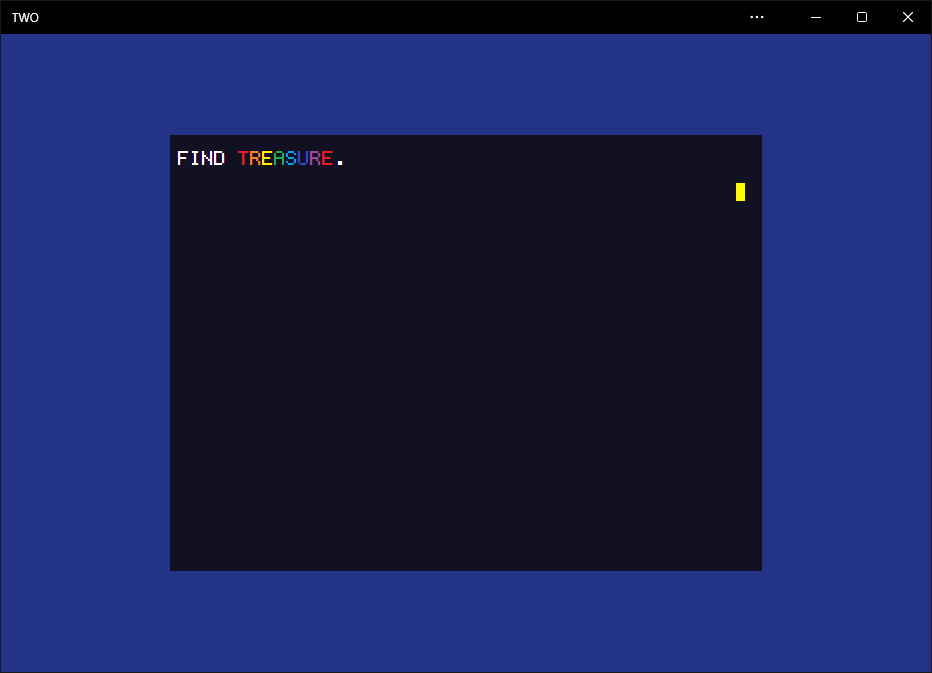[Cyan has entered the chat]
I’ve told myself this a hundred times. I really need to play Myst one of these days.
Anyone fancy do this for the end of the game? That is the bit I struggle on.
One great opening immediately comes to mind. Taco Fiction opens with the last minute jitters of the would-be robber in as he sits in his car before an armed robbery. It plays with the convention of pressing a key to open the game, with each click the player thinks they’re beginning the game, but the protagonist keeps having second thoughts. Great little trick and not overdone in the rest of the game. As per Bez’s infographic, the opening sets up the core character motivation and sets a lot of the tone. It takes the time to embed you in the protagonist’s mindset, investing the player in the proceedings from the bat.
I have mixed feelings about the opening of AMFV. On paper, it has an excellent opening, especially the written essay from the protagonist in the feelies. Sadly, the game is rather abrupt and matter-of-fact with the actual gameplay opening, getting what amounts to a page to head to the good doctor’s office, and then straight to work. I feel the game leans too hard on the feelies to do the heavy intro lifting.
My spicy take: I think the feelies are the game as much as the code is. It’s all one big text, isn’t it?
That’s not to say anything of your experience of AMFV’s opening, which is, of course, your own.
Since it hasn’t come up yet, Graham Nelson has a take in the DM4. Representative quote:
The duties of the prologue are to establish an atmosphere, to foreshadow what is to come and give out a little background information, while giving the player enough entertainment to want to continue. The interactive aspect of this is that the player has to pick up the game’s special skills, using commands, tools or actions special to the setting.
The last half of that is kind of interesting. I agree it makes sense to try and introduce any special mechanics in your game early, at least in a simple form; players who won’t enjoy them can bounce early, and by the time the player reaches the main body of the game they know the tools they have available. (Maybe less pertinent for choice-based games, though, since the player’s options are a bit more obvious in that context.)
On topic, I would say the opening of Enchanter is very good. The goal is clearly described, then the player is given a small area to explore. This area does some decent work in terms of environmental storytelling (the view from the mountaintop and the deserted village). The section ends once the player is able to perform the game’s central gameplay loop: find scrolls, copy them into the spell book, then cast spells to solve problems.
If it’s the sort of choice narrative where all choices are essentially unique, with its central gameplay loop rests in the narrative, then you’re right; choice-based narratives have less need to establish what tools will be available at a given moment.
On the other hand, if certain choices recur often or it’s the sort of choice-based game that tracks numbers that are meant to significantly influence player choices, it’s a good idea to put as much effort into introducing the player to those choice types (and their effects) and mechanics as it is to explain the special elements of a parser-based game.
Great point! (I’m less familiar with games in this style; ought to change that!)
Back when I was spending a lot of time writing IF, I had a policy that a game ought to have a sandbox.
By sandbox, I mean a set of rooms in which the player can get a feel for the game, without hurting themselves or doing anything else irrevocable. It is a space that allows the game and the player to get to know each other.
The sandbox has a door or elevator or similar device separating it from the rest of the world,
The player starts in the sandbox, and has to demonstrate enough competence in basic commands to get out of it. ( This usually means picking up a key and using it to open a door, or uttering the magic word to make the transporter work )
By the time that the player opens the door and gets out into the ‘real’ world - where actions may have permanent consequences - they know several basic commands. They have feel for what kind of relationship they have with the parser: “I give you simple commands, you reply with descriptions of what happened”. They know a bit about the game, and the game knows that they can be let loose in the world.
In a really good sandbox, the player also gets a quick survey of what the world is like, and what kind of problems they might be facing. In addition to finding a key or magic phrase book, they have seen a glimpse of the bigger picture.
Maybe there is a window which the player can look out of and see people being hunted down by zombie hordes, or perhaps there is a corpse with a diary beside it which details how the gang of horse thieves from Omaha killed sheriff Murphy and everybody who had voted for him.
So by the time the player gets out of the sandbox, they have a sense of what the world is, what problems may be encountered, and how to work with the parser.
This is good advice, especially when catering for players that may be new to the genre. It’s also good advice for authors entering this year’s Text Adventure Literacy Jam.


